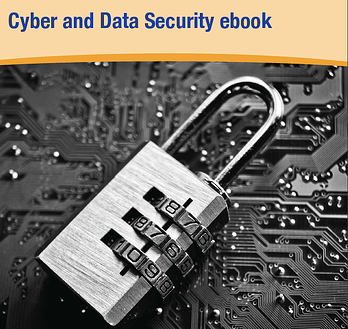
A record archival and destruction policy represents the last stage in a firm’s data lifecycle management strategy. A strong policy should cover all of the following points:
-
Identification and classification of records: The firm’s various types of records should be listed and a classification system and process should be established. Potential record types include firm records, client records and work product records.
-
Retention/archive/destruction scheduling: Separate schedules should be established for the retention/archive/destruction of various types of records. These schedules should match with federal, state and local regulations and industry-specific requirements. Records subject to litigation holds may require special handling.
-
Archiving of closed client matters – Paper and electronic materials should be gathered into a single file. Duplicates and materials that are not classified as records should be destroyed as part of the archiving process.
-
Designation of destruction requirements: Destruction methods should reflect the firm’s obligations to client confidentiality. Paper documents should be shredded or incinerated and data storage devices should be physically destroyed rather than overwritten.
-
Establishment of a destruction log: A log must be created as a permanent record of the firm’s activities. The log should include the client involved, a description of the documents being destroyed, the employee who performed the destruction and the employee who signed off on the destruction.
-
Examination requirements: Destruction should not occur until the employee responsible for the client file has verified that the retention period has properly run for all data sets contained within the file. The employee should also verify that no litigation hold has been placed on any of the file’s components. Any parts that have been placed on a litigation hold should be separately achieved for the duration of the hold. These retention extensions should be used only in exceptional cases. The exceptions should be documented in the extended file along with the reason for the exception, the employee who authorized the exception.
A record archival and destruction policy is only effective if the firm has the required resources to ensure its consistent implementation. Effort can be spared through automation in many instances, e.g. dynamic archiving tools can automatically move older data to storage, duplicate documents can be deleted automatically prior to archiving, records can be classified and searched automatically, data can be captured automatically from applications that are being decommissioned, and destruction tools can automatically delete files, emails and documents.
Check back each month for a new chapter of the NAPLIA cyber ebook.
Tags:
NAPLIA,
cyber,
records

